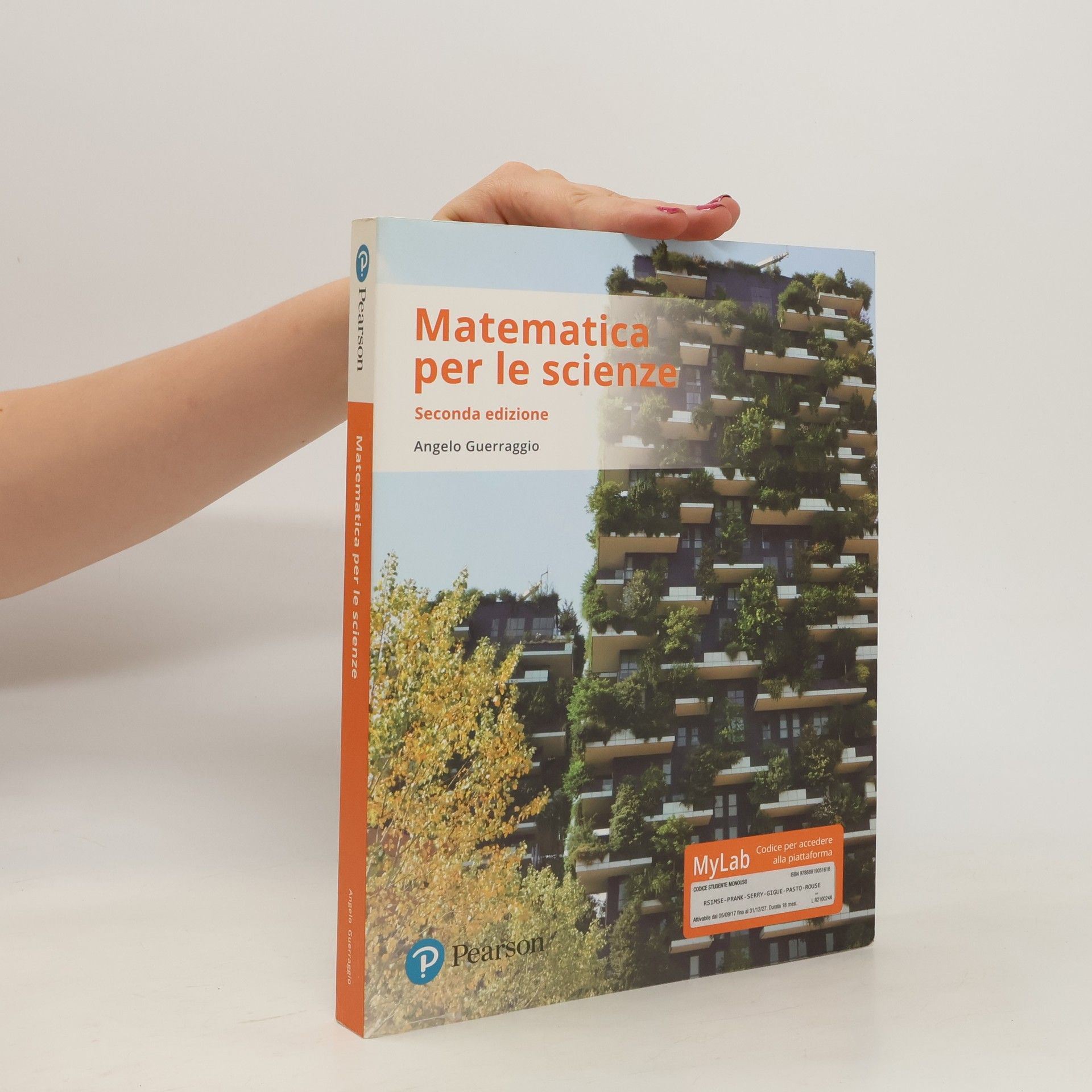Il manuale intende proporre agli studenti dei differenti corsi di laurea in Scienze biologiche e della vita l'impianto solido, la trattazione piana e l'esposizione comunicativa già validata dallo stesso autore - e apprezzata da studenti e docenti - nei suoi precedenti testi per la didattica. Questo obiettivo motiva ovviamente l'inserimento dei due capitoli finali, dedicati alla presentazione di quei primi elementi di Statistica descrittiva e di Probabilità che sono imprescindibili per un simile corso di matematica. Anche gli argomenti condivisi con i curricoli di Economia o di altri corsi di studio, però, si adeguano coerentemente nella modalità gli esempi focalizzano i temi e le applicazioni più vicine agli interessi degli studenti cui il libro si rivolge e la trattazione generale si avvale della discussione longitudinale di alcuni modelli particolarmente significativi (dinamica delle popolazioni, Lotka-Volterra, tasso di concentrazione di un farmaco nel sangue), che vengono ripresi nei vari capitoli a mano a mano che l'introduzione degli strumenti matematici ne permette qualche ulteriore approfondimento.
Angelo Guerraggio Livres
18 décembre 1948


Matematica. Con MyLab. Con e-book. Con espansione online - Seconda edizione
- 512pages
- 18 heures de lecture